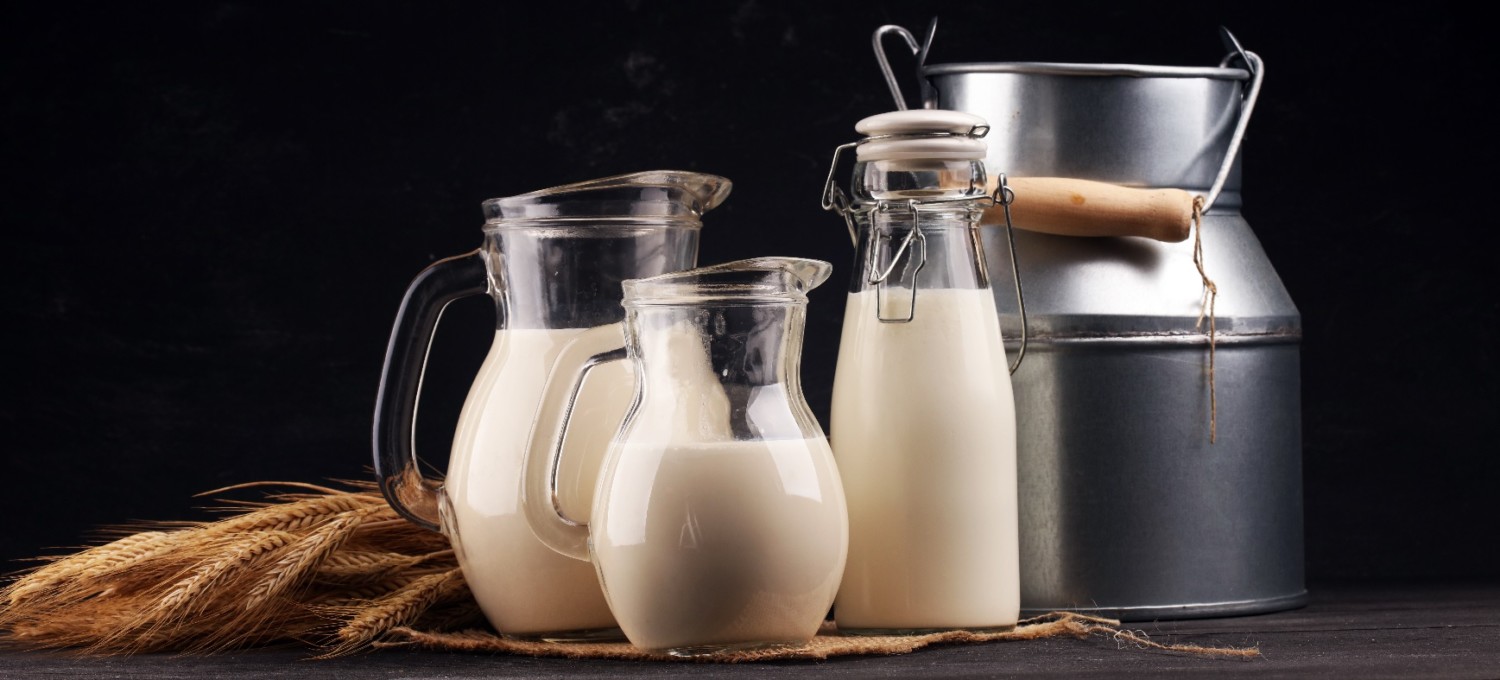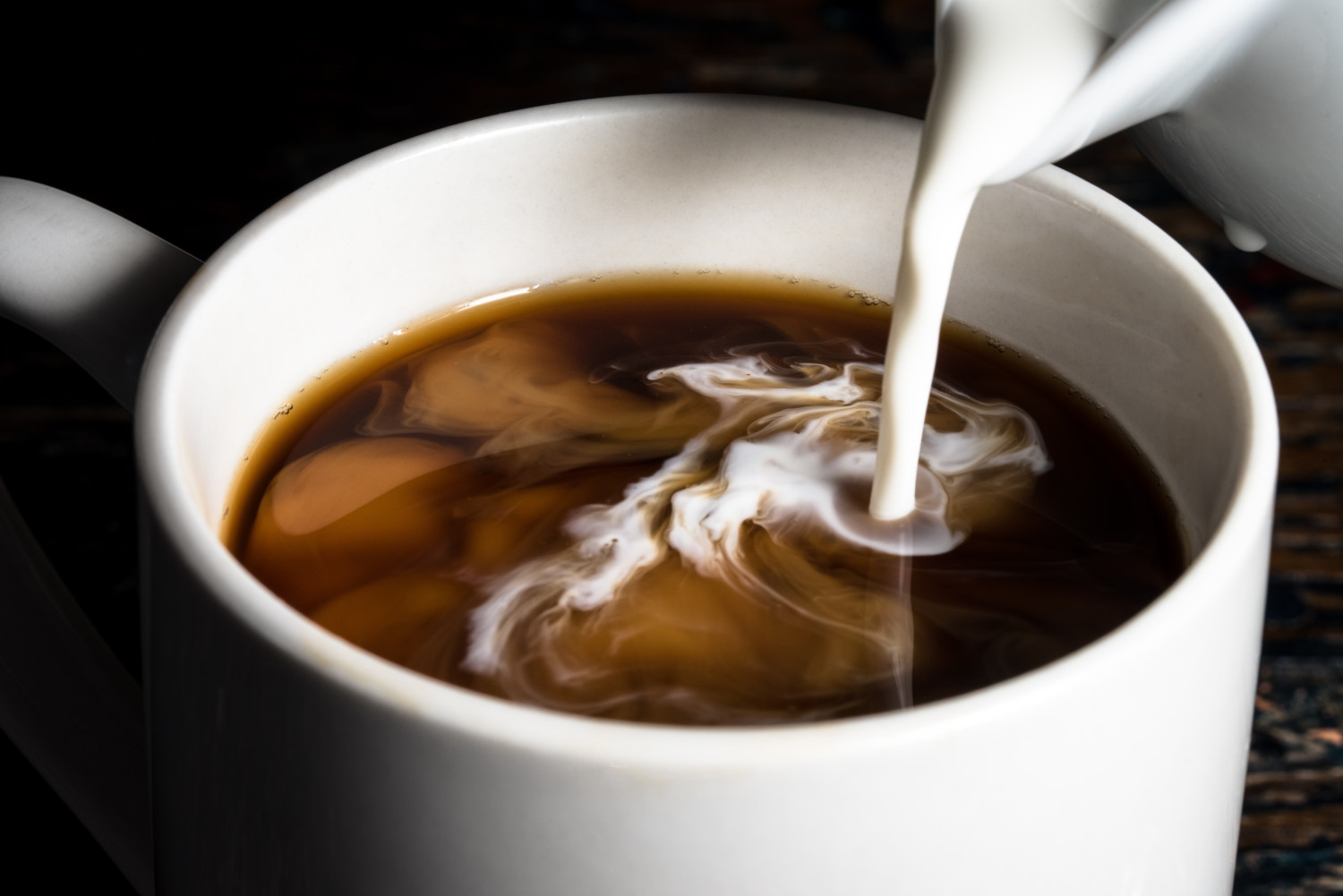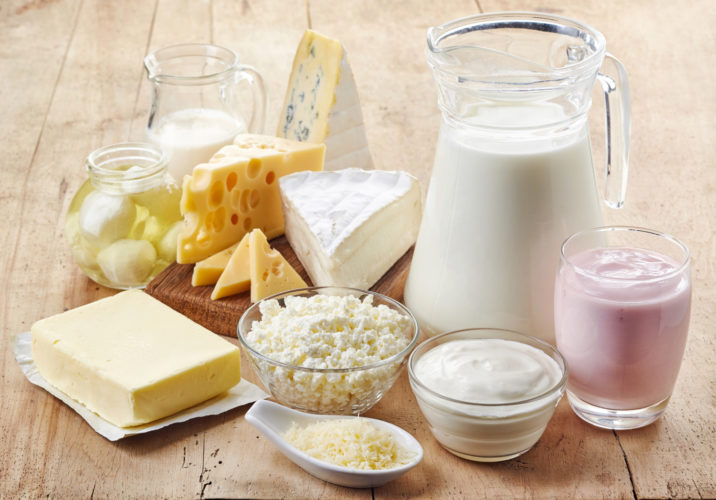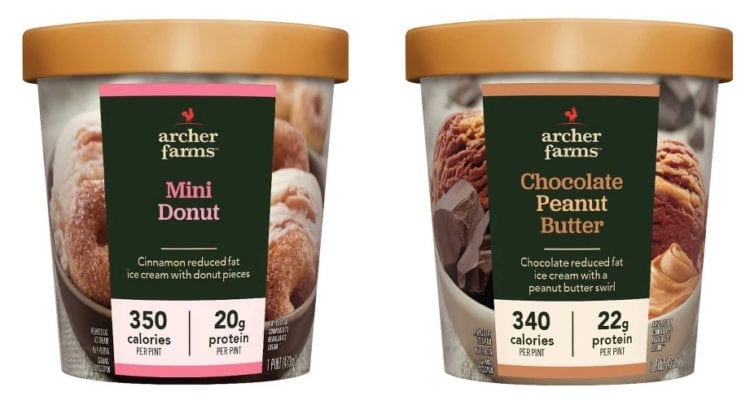Half and Half vs. Heavy Cream: Here’s the difference and when you should use each one in cooking
With so many different dairy products and milk alternatives on the market, choosing the best option at the grocery store can be challenging, to say the least. Some are particularly tricky, like comparing half and half vs. heavy cream. Are they the same thing? Interchangeable? Should you keep both on hand?
Learning how they are made, what makes them unique and when one should be used over the other can help you make the best selection for your baking, cooking or beverage preparation needs.
Half and Half vs. Heavy Cream: Similarities and Differences
Sometimes called heavy whipping cream, heavy cream is the thick cream that naturally rises to the top of fresh milk. During the manufacturing process, the high-fat cream is skimmed from milk before it is bottled. Heavy cream is a single ingredient, although manufacturers sometimes use additives to thicken or improve its consistency. The FDA requires heavy cream is to contain at least 36% milkfat. It is either pasteurized or ultra-pasteurized and may also be homogenized.
Half and half is also a dairy product. Consisting of equal parts cream and whole milk, it is thinner and lower in fat than heavy cream yet thicker than ordinary milk. Like heavy cream, half and half can also include thickening agents such as carrageenan. The FDA requires half-and-half to contain not less than 10.5% but less than 18% milkfat. And just like heavy cream, it is either pasteurized or ultra-pasteurized and may be homogenized.
There are also are low-fat and fat-free varieties of half and half on the market. These products are typically made using skim milk and corn syrup or another sweetener along with a thickening agent. While they have less fat than half and half or heavy cream, they are not pure dairy products and have higher amounts of added sugar.
When to Use Half and Half vs. Heavy Cream
For best results in cooking and baking, using the type of cream called for in the recipe is advisable. However, you can swap half and half for heavy cream in many dishes such as batters, fondues, puddings, sauces or soups. But it is important to note that the resulting consistency will likely not be as thick or rich as it would if you made it using heavy cream.
The high fat content in heavy cream makes it ideal for rich foods such as homemade butter, ice cream and sour cream, or as a thickener for sauces or soups. You can also use it as the base for certain creamy, handmade dairy products such as ricotta or yogurts.
The lighter consistency of half and half adds creaminess to dishes such as scrambled eggs or pasta sauces without making them too thick or heavy. It can also be a nice addition to a bowl of cereal or berries.
If you want to make your own whipped cream, only heavy cream will do. The lower fat content in half and half prevents it from becoming as thick and stiff as necessary. Heavy cream can maintain the air bubbles added while whisking, allowing it to stay fluffy.
Half and half or heavy cream will provide a thick, rich flavor and lightness to coffee without adding sweetness. You can use an equal amount of half-and-half as a substitute for any recipe that calls for milk and cream.
If you have heavy cream and need to make half and half, you can mix equal parts of the cream and milk. If you only have half and half, you can make a heavy cream substitute by adding a little bit of butter to the half and half. Although adding the fat from butter to the liquid allows it to mimic heavy cream, it is important to note that this is not an exact substitute and might not work as well as cream in some recipes.
How to Store Half and Half or Heavy Cream
The best way to determine how long to keep a container of heavy cream or half and half is to note the date stamp. However, a good rule of thumb for an opened container of half and half or heavy cream is approximately seven days, provided it has been tightly closed and continuously refrigerated. Avoid keeping either product in the refrigerator door, as it will not stay as cold there as it will inside the fridge. Dairy products should be kept at 40 Fahrenheit or below in their original containers. Never mix warm cream with cold cream or it could curdle and spoil.
You can freeze both heavy cream and half and half. Freeze either liquid in an airtight container, leaving at least a half-inch of space at the top because the cream will expand when frozen. You can keep the products in the freezer for about four months for the best quality. When you are ready to use it, allow it to thaw in the refrigerator and then vigorously shake, whisk or blend the liquid to help redistribute the milkfat. Frozen and thawed heavy cream will not whip as well as fresh cream does, as the ice crystals it develops when frozen add to the water content, preventing the cream from becoming as light and airy when whipped. However, it will work fine in most recipes and taste just as delicious in a cup of coffee.
Like other dairy products, the best way to determine whether heavy cream or half and half has gone bad is to check for a sour odor or a curdled or clumpy texture. When in doubt, it is always better to be safe than sorry.








